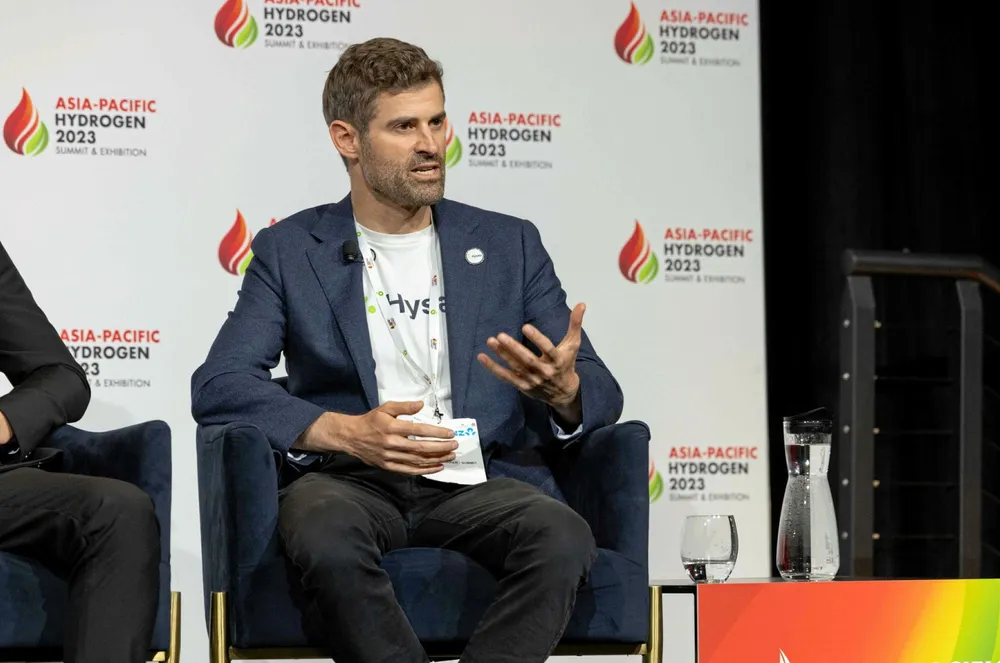Hysata: 'This is why our innovative electrolyser will make green hydrogen significantly cheaper'
Australian start-up tells Hydrogen Insight its 5MW machines will offer record-breaking efficiency, with lower upfront and operating costs than comparable tech
